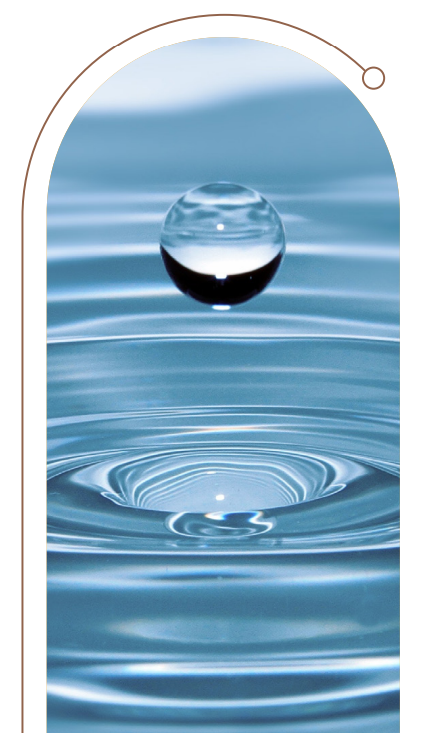Southwire 2022 Sustainability Report: Water & Wastewater

Clean, abundant water is essential to human and environmental health. Without it, communities struggle and ecosystems fall out of balance. At Southwire, we rely on water to support our operations.
Though most of our sites are not heavily water intensive, we do use water in many manufacturing operations. Therefore, responsible water management is an important element of our sustainability approach. Our teams actively seek ways to optimize water usage, with a focus on increasing water efficiency and reuse. We share our water resources with the communities where we operate, and we are dedicated to doing our part to help protect and preserve clean water for all.
In 2022, we kicked off an initiative to optimize water usage across three of our Carrolton, Ga., sites that we plan to implement in 2023. Each of the sites — including our Copper Rod Plant and nearby building wire and utility products plants — have historically utilized storm and ground water, while operating independently. With an ultimate goal of zero discharge, we developed a water balance model for the sites to share and recycle water, enabling them to minimize their environmental impacts while reducing operational costs.
We also saw the results of an initiative launched in 2021, to implement a reverse osmosis treatment system for the cooling tower water at our plant in El Paso, Texas. The result: a 10% reduction in the site’s water usage in 2022. Moving forward, we aim to take a holistic and stewardship-focused approach to continue enacting improvements at high-priority sites.
Making the Most of Our Water Resources
CONSERVING community water resources through efficiency best practices.
MAXIMIZING water recirculation and reuse.
COMPLYING with — and when possible, exceeding — all regulatory requirements.
MINIMIZING the output of physical or chemical contaminants.
MONITORING water withdrawals and embracing sustainable withdrawal practices.
INVESTING in targeted initiatives and modernization projects to optimize and reduce our water usage over time.
WATER MANAGEMENT & ACCOUNTABILITY
Our EHS Policy and Principles guide our use of water and wastewater, and each of our sites is responsible for managing local water use and wastewater discharge.
Our water usage consists of municipal, groundwater, rainwater and direct surface withdrawal water, which we use at our manufacturing plants, offices and other locations. We monitor our total withdrawal by source so we can track our annual performance and identify opportunities to improve.
Across our sites, we ensure strict compliance with all regulatory requirements, including water quality standards for nearby rivers, lakes and streams. We strive to not only meet but exceed these standards when possible. Our facilities maintain applicable water withdrawal, storm-water discharge and sewer discharge permits — as well as storm-water no-exposure exemption certifications — and we work to minimize our release of physical or chemical contaminants.
Mitigating Water Risks
To monitor our sites’ compliance and assess their local water impacts, we use visual inspections, automated electronic water quality alerts and sample analyses. As needed, we respond with appropriate corrective actions, such as implementing enhanced management practices, administrative procedures and engineering controls.
Four of our facilities have a third-party-verified EMS, and three of our plants hold ISO 14001 certifications for environmental management. Our Tecate, Mexico, plant is certified under Mexico’s Clean Industry Program, and ISO-like EMS programs are in place at nine additional manufacturing locations.
As part of the Southwire EMS process, we require each site to conduct an Aspects and Impacts analysis to identify critical site activities that may adversely affect the environment. Based on the analysis, each site must develop and implement a management strategy, policy or plan to track and manage its critical activities.
Ensuring Responsible Discharge
Where water discharge capacity is available, Southwire locations discharge manufacturing process wastewater to the local sewer authority following local sewer ordinances and permits. At the two locations where adequate municipal sewer capacity is not available, Southwire discharges to local waterways in accordance with our National Pollutant Discharge Elimination System (NPDES) direct discharge permits.
Locations with storm-water-exposed industrial activities are subject to NPDES requirements and must also operate under state or local permits that specify appropriate compliance procedures. NPDES permits require us to meet stringent discharge requirements, and all permits and permit applications are subject to agency and public review. In cases where Southwire facilities are not required to obtain a sewer permit, water discharges must follow local sewer ordinance requirements.
Visit https://www.southwire.com/sustainability to view the full 2022 Southwire Sustainability Report.

